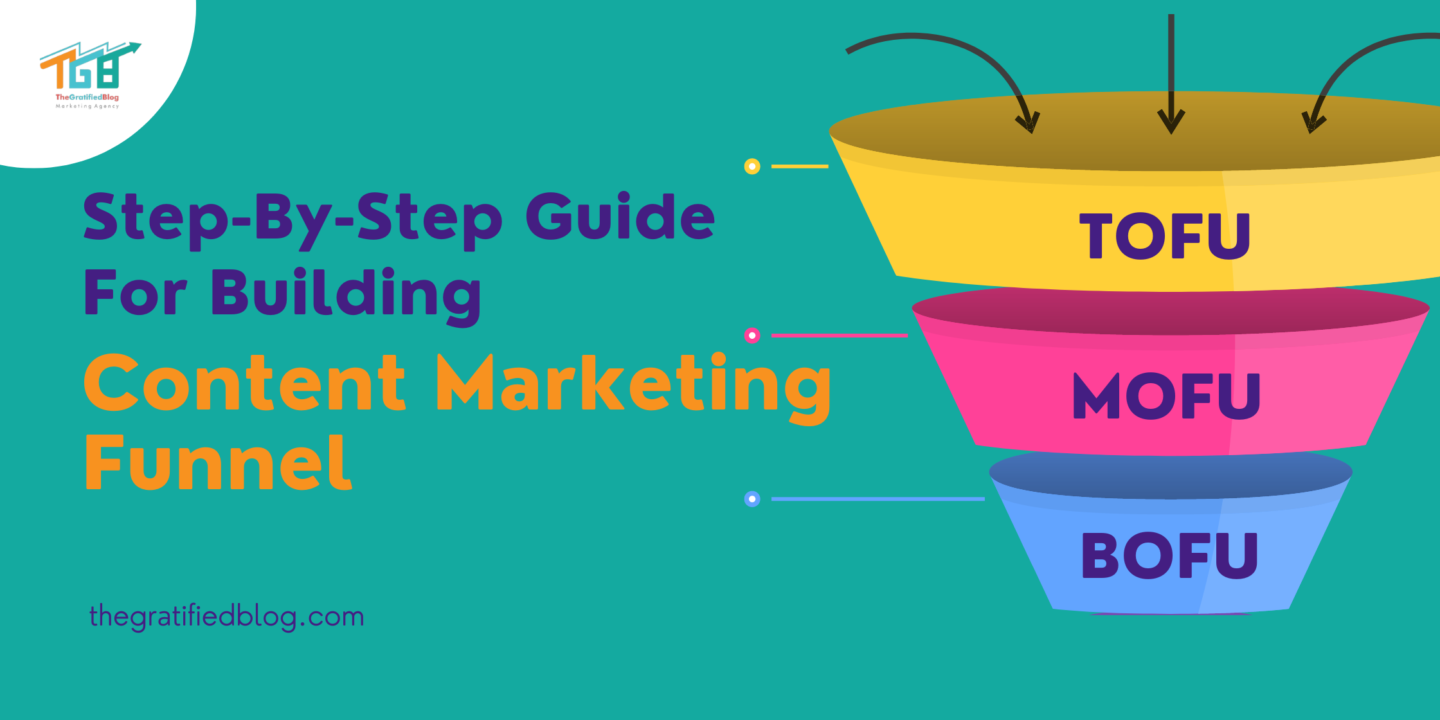
All companies desire to have returning customers, be it through an online or physical platform. That is something we are all familiar with and can relate to.
Even with a beautiful website and plenty of content, it doesn’t guarantee that customers will be lining up at your door.
So, how can I bring real customers to my product or service? The answer is simple: by setting up a strategic content marketing funnel!
In the content of this blog post, we will delve into the subject of a content marketing funnel, the essential things you need to set up a successful content funnel, and, lastly, walk through the three stages of a content marketing funnel.
So, let’s roll;
What Is Content Marketing Funnel?
A content marketing funnel, a sales funnel, or a customer journey is a framework that illustrates the stages. The sequence of steps a prospective customer undergoes before completing a purchase or becoming a devoted patron. It represents the path from the initial recognition of a brand or product to the ultimate conversion or retention stage.
Here we have two situations:
“B2C”
In B2C (Business-to-Consumer), content marketing focuses on constructing effective marketing funnels. These strategic frameworks aim to harness the power of content marketing for building meaningful connections with consumers, generating leads, driving conversions, and amplifying brand awareness. Within the B2C content marketing funnels, a diverse range of content is strategically deployed.
This encompasses blog posts, images, videos, infographics, and other engaging content formats, all meticulously crafted to captivate and convert potential customers. The objective is to create a seamless and compelling journey, from initial awareness to eventual conversion, fostering a solid and lasting relationship between the brand and its consumer base.
Put in “B2B”
In B2B (Business-to-Business) content marketing, the emphasis lies on the strategic development of marketing funnels tailored to the unique needs of B2B organizations. These funnels are pivotal in facilitating lead generation, fostering relationships with key decision-makers, and orchestrating a compelling sales cycle. Including specialized content formats such as white papers, case studies, webinars, and other informative materials characterizes B2B content marketing funnels.
These meticulously crafted pieces serve the dual purpose of providing valuable insights and positioning the B2B organization as an industry authority, influencing decision-makers and potentially driving conversions. The overarching goal is to establish a seamless and impactful journey, optimizing the B2B content marketing funnel to navigate the complexities of the B2B landscape and ultimately contribute to the success and growth of the business.
No matter the type of content marketing funnel you are setting up, content should be leveraged Across diverse channels to guarantee optimal visibility and reach.
Now, let’s talk about the essential things you need to start setting up Content Marketing Funnels:
Things You Need To Know Before You Start Content Marketing Funnel

Before you can get started with a content marketing funnel, there are five essential things you need to consider and prepare:
- Understanding Your Audience Buyer Journey
Content marketing is all about your audience. You must understand your potential customer’s journey when looking for a product or service. What challenges do they face, and how can your content marketing funnel help them?
Here are two things you can do to understand your audience better:
- look at industry research reports,
- talk to customer service and salespeople, and read reviews online.
- Research Your Competitors To Understand The Niche
Studying and comprehending what your rivals are doing is essential to stay ahead of the competition. Utilize their strategies as an educational opportunity and figure out how you can make a unique impression on the market. Delve deep while searching for answers; perhaps hidden gems of information await!
Furthermore, evaluate their content Marketing approaches – formats, channels utilized, and customer voyage – then adjust yours accordingly for success.
- Understanding Your Goals Or Challenges
Now that you know your customer journey and who you compete against, it’s time to understand your content marketing goals.
Before creating content, it’s essential to set goals or challenges that must be accomplished through the content marketing funnel.
Understanding these key objectives will guide how you design a successful content marketing funnel strategy, whether increasing brand awareness, driving leads, or conversions.
- Conduct Keyword Research
Engage in comprehensive keyword research by exploring relevant terms within your industry or niche. This strategic approach is instrumental in fine-tuning your content for search engine optimization, enhancing visibility, and drawing organic traffic to your platform. Leverage sophisticated tools such as Google Keyword Planner or SEMrush to identify keywords with high potential, ensuring that your content aligns seamlessly with the search behavior of your target audience.
This proactive keyword research not only boosts your content’s discoverability but also contributes significantly to the overall effectiveness of your digital presence.
- Create a Content Calendar
Create a content calendar to plan and schedule your content content creation and publication timelines. This proactive measure ensures a steady and reliable content stream, allowing you to strategically align your releases with specific campaigns, events, or seasonal trends. By implementing a structured content calendar, you gain the ability to plan and maintain a cohesive and timely approach to your content strategy.
This enhances the efficiency of your content creation process and maximizes the impact of your materials by synchronizing them with critical moments, trends, or initiatives relevant to your target audience.
- Finalize Content KPIs And Goals
You need to measure the success of content to check if it is working as intended or needs some adjustments. Content KPIs such as website visits, organic traffic, leads generated, shares, likes, and more should be tracked regularly. Having goals set in place will help guide content marketers to achieve desired results.
That is the foundation of your content marketing funnel approach. It will guide all of your content creation initiatives and projects. A comprehensive content marketing strategy details how each content fits into the overall framework for a successful funnel strategy.
Now that you know the five things you need to get started with the content marketing funnel, let’s talk about its three stages.
Three Stages Of The Content Marketing Funnel
The content funnel is divided into three stages, from attracting customers to building relationships and driving conversions; let’s learn in detail about each step:
Creating The Spark (TOFU-Top Of The Funnel)

It’s the initial stage where the buyer’s journey begins and is more focused on awareness. It’s because it’s the part where the buyer will read more about the product or services you are offering. The content format should focus on topics and keywords potential customers may search for.
However, the goal is to engage people with the content and drive your brand’s awareness.
Based on the Semrush study, here are some of the top content formats that work best for the top of the funnel:
- Blogs (how-to guides)
- Ebooks,
- Checklists
- Infographics, etc.

TOFU Content
However, here are the things through which TOFU is measured:
- Traffic (Organic, referral)
- Shares, comments, likes, etc.
Educating And Guiding (MOFU – Middle Of The Funnel)

Content at this stage should focus mainly on educating potential consumers. It is essential to create content that is insightful and assists buyers in understanding their difficulties more effectively.
Additionally, the content must contain a clear call-to-action with conversion objectives in mind as it transitions customers into the third level of the content marketing funnel.
Content formats for MOFU include
- Webinars,
- Case studies,
- Whitepapers,
- Product reviews, and
- Landing pages.
These three metrics often measure MOFU content:
- Leads generated,
- CTA’s clicked
- And Content downloads.
Driving Conversions (BOFU – Bottom Of The Funnel)
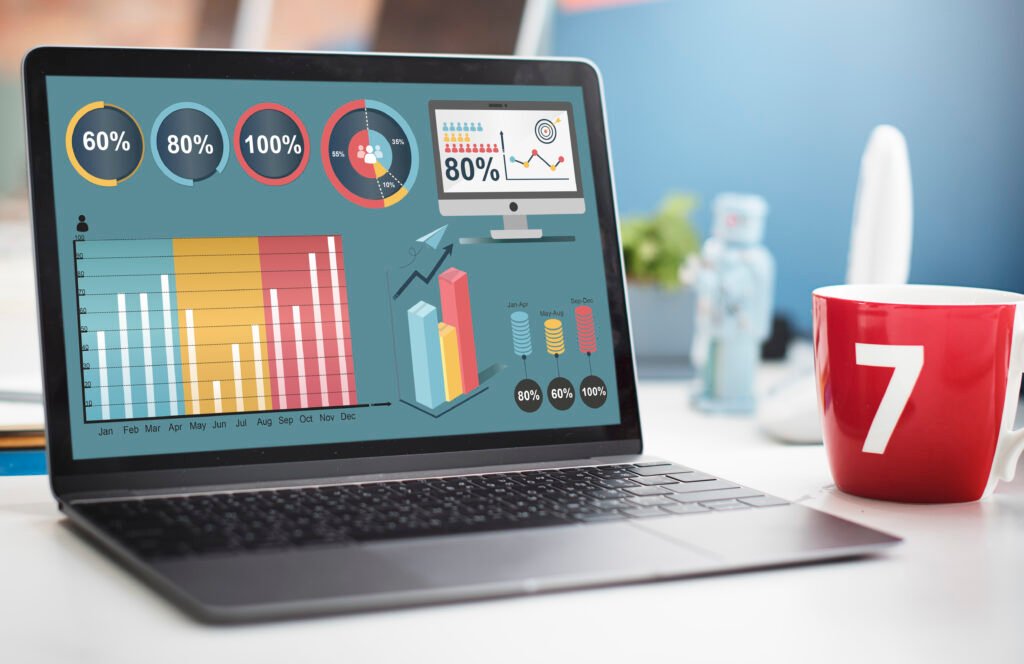
In the final stage, content should focus on conversions like sales or sign-ups. The content format should focus more on technical buyer needs and expectations from your products or services.
Content formats for BOFU include
- Product comparison sheets,
- Demos and troubleshooting guides,
- Success stories,
- Customer reviews, etc.
BOFU Content is measured by:
Sales Revenue & ROI generated, etc.
What Is A Content Marketing Funnel Template?
A content marketing funnel template is a framework that outlines the stages of a customer’s progression from initial awareness to evolving into a dedicated customer through content marketing strategies. It helps marketers visualize and plan their content creation and distribution process to guide prospects through each stage of the funnel effectively.

The components of a typical content marketing funnel are broken down as follows:
- Awareness Stage:
- Objective: Attract attention and generate awareness about your brand or solution.
- Content Types: Blog posts, social media posts, infographics, videos, podcasts, guest articles.
- Interest Stage:
- Objective: Capture the interest of potential customers and provide valuable information.
- Content Types: Ebooks, whitepapers, guides, webinars, case studies, expert interviews.
- Consideration Stage:
- Objective: Convince prospects to consider your product or service a viable solution.
- Content Types: Product demos, comparison articles, testimonials, reviews, FAQ content.
- Decision Stage:
- Objective: Encourage prospects to make a purchase or take a desired action.
- Content Types: Free trials, limited-time discounts, customer success stories, and product/service comparisons.
- Loyalty Stage:
- Objective: Retain customers, foster loyalty, and encourage repeat purchases.
- Content Types: Email newsletters, customer-exclusive content, community engagement, referral programs.
Each stage of the funnel requires targeted Content that corresponds with the particular needs and interests of the audience. By mapping out your content marketing efforts using this template, you can create a strategic approach to guide prospects through the funnel and ultimately convert them into loyal customers.
FAQs:
Q1: Should Content At Each Stage Be Different?
A1: To ensure that your content marketing strategy is successful, you must vary the types of content you produce at each level of the funnel. As prospects progress through their journey and their needs evolve, so should your approach – creating more informative and engaging pieces while keeping them targeted to where they are in the cycle.
Q2: Does Content Marketing Funnel Work For B2B Content?
A2: Content Marketing Funnel is a practical approach for B2C and B2B content Marketing. Content should be customized to cater to the distinct needs of B2B prospects as they go through their journey, providing helpful information and solutions to build trust and eventually drive conversions.
Q3. Is It Achievable With Limited Resources?
A3. Well, it’s a huge “YES” content marketing funnel that can be achieved with limited resources. Content marketers should concentrate on generating content that resonates with their audience and drives conversions without compromising quality. Content should also be regularly updated and have a clear call to action.
Final Thoughts
Now that you understand the content marketing funnel, you can use it to create your content marketing funnel and reach the desired content goals.
But remember, you are in content marketing; it’s the most time-consuming and demanding strategy. So, be patient with the results you get at the beginning.
If you need any further assistance, do not hesitate to contact us. Furthermore, if anything else still needs to be clarified, leave your query in the comments section, and we’ll be delighted to answer it!
Thanks for reading 🙂
Also Read – 5 Ps Of Marketing: How To Fix Your Marketing Funnel?
Sales Funnel Template – Build Effective Sales Funnel




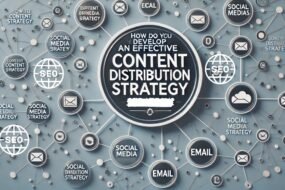
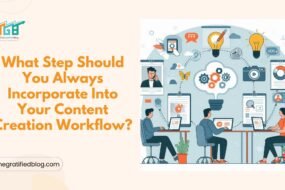
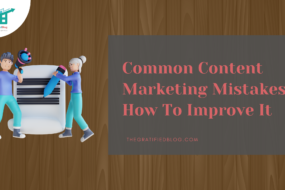

No Comments